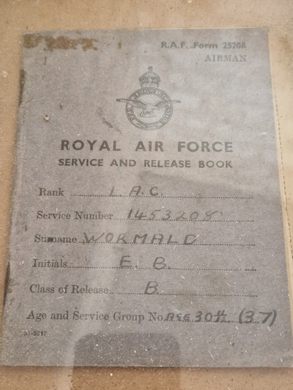AO Edited
RAF Tempsford Memorial Barn
Set amid the remains of a secret WWII airfield, this barn was preserved as a memorial to Allied agents who parachuted into Europe.
One of the hundreds of airfields set up by the British Royal Air Force (RAF) during WWII, RAF Tempsford was established in 1940. Placed between an old Roman road and the railway to Peterborough, it was an unique facility: Named Gibraltar Farm and designed to resemble a working farm, it was set up to help facilitate infiltrations by Allied special agents into Nazi-occupied Europe.
From RAF Tempsford, aircraft flew across the Channel to drop supplies to resistance movements, while Westland Lysander planes (you can see an example at the nearby Shuttleworth Collection) dropped or picked up agents who quickly clambered up and down a ladder kept outside the plane to enable touchdowns and takeoffs in mere minutes. Accounts of the agents, who included female members of the Special Operations Executive (or, as Churchill called it, the Ministry of Ungentlemanly Warfare), are full of heroism and bravery, although many agents died in action.
After the war, the main barn, where agents received their gear and kits before flights, was preserved as a memorial to the agents, even as the rest of the airfield was converted back into farmland and for private commercial use. It now makes for a fascinating sight and poignant visit.
Know Before You Go
The barn is technically on private land, but there are regular memorial events, as well as regular access at the owner’s jurisdiction. The airfield can clearly be seen from the nearby footpaths, and the former RAF Tempsford makes for an excellent addition to any East Bedfordshire walk or cycle. The nearest parking is a very small lay-by on Tempsford Road, a 10-minute walk to the south.
The nearby area contains other memorials and museums to the area's World War II history, including a Memorial to the Women of SOE, a plaque at St. Peter's Church, and artifacts and information at the Tempsford Museum & Archives in the Stuart Memorial Village Hall, which, although not open every day, is a good place to ask about visiting the barn.
























Follow us on Twitter to get the latest on the world's hidden wonders.
Like us on Facebook to get the latest on the world's hidden wonders.
Follow us on Twitter Like us on Facebook